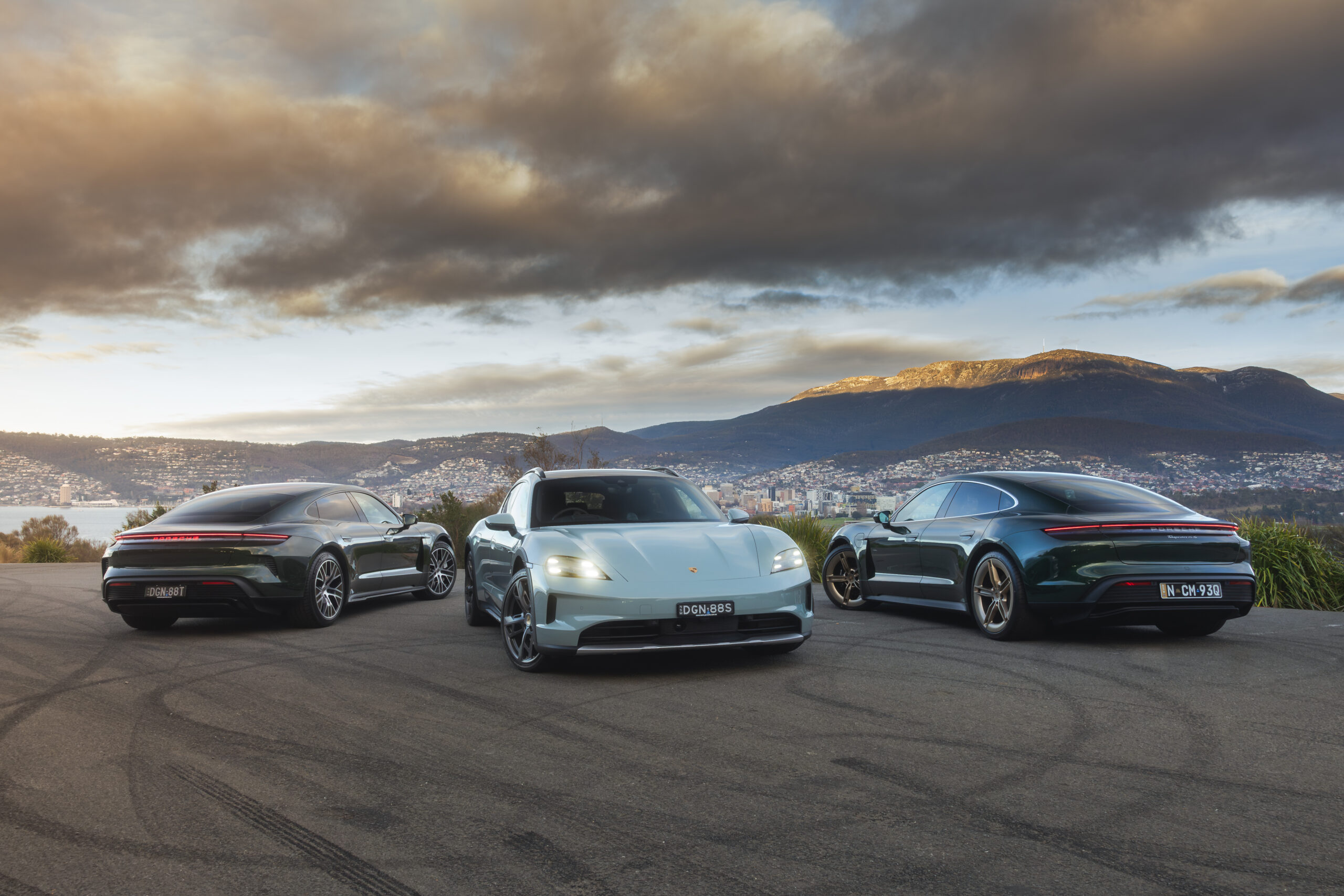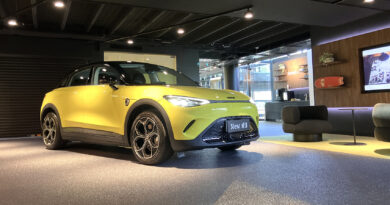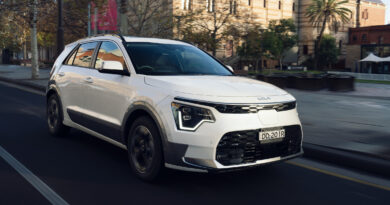2024 Porsche Taycan review: Epic Tesla tamer proves Porsche should be building all the EVs in the world
If we really want to move the motoring world towards electrification in a speedy and successful fashion, there really is only one answer – take the responsibility away from Tesla, BMW, Benz, Audi and all the Chinese brands, and just let Porsche get on with it.
If the world’s car makers would be willing to just give all their R and D cash to the geniuses from Stuttgart they’d have a fleet of EVs of all sizes, with 1000km of range, bullet-proof reliability and staggering speed for those who want it, by 2030. At the latest. At which point the Porsche people could get on with curing cancer, or climate change.
If you don’t believe me, or fear that I’m just spouting Porsche PR as journalists tend to do after driving one, then consider this. Porsche has just launched an updated, or facelifted, range of Taycan EVs, and the leaps all of them have made in terms of performance, range and charging times are hugely impressive, particularly when you consider they didn’t have to do them at all.
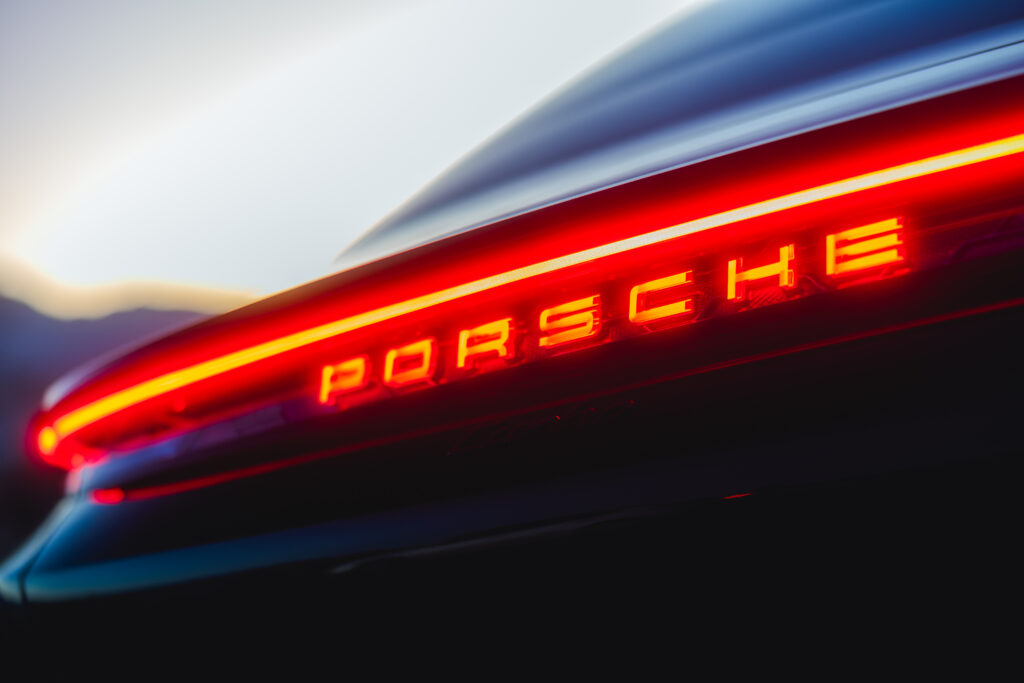
Normally, at this stage in a car’s model cycle, car companies give a vehicle like the Taycan a bit of a tweak here and there, some butt Botox, a new indicator housing, and then bump the price up slightly. Certainly this is the way Porsche’s close cousins at Audi do things.
READ MORE:
PRICE AND FEATURES
This is not a new Taycan, remember, it’s just a mild refresh of the existing one, and yet Porsche went and threw big bucks at noticeably improving it. They won’t say how much, but they did tell us that more than half the money they spent went on improving performance – which seems wild when no one thought the original was lacking in this area – 19 per cent on efficiency and just 16 per cent on design (it looks largely the same, perhaps a little more like a four-door 911 than before, so no bad thing).
The engineers worked hard on the battery, which now has more power density, but weighs less. The new Taycan’s battery has 12.5 per cent more power in fact at 105kWh (in the Performance Battery Plus, standard on the 4S grade and up, and a $12,020 option on the base Taycan which makes do with an 89kWh Performance Battery).
And this means even more mad power and acceleration – like a jumper from 560kW to 700kW for the Turbo S, which can now hit 100km/h in a truly painful 2.4 seconds, down from an already stupid 2.8 (the slightly less bonkers Turbo variant now does 2.8, while the entry-level Taycan has bumped its power from 240kW to 300kW and dropped its dash from 5.4 to 4.8).
In summary, it’s faster across the board, quite a lot, and I’m pretty sure no one was begging them to make it so, because the original Taycan was so scary – and frankly quite painful to accelerate hard in – already.
What customers were asking for, in this grand tourer of an EV, was more range, and Porsche has worked on not only the battery but the improved regen system (Porsche says up to 30 per cent of its range is generated by its energy recuperation system), as well as new battery management software, lower rolling resistance tyres and new and more aerodynamic wheels.
There result is that the new Taycan Turbo, for instance, can now go 626km between charges, up from just 420km in the old car. That’s the kind of jump that takes a car from annoying to genuinely useful.
The base Taycan can now stretch to a hefty 679km, up from 503km. Again, quite a leap for a facelifted model.
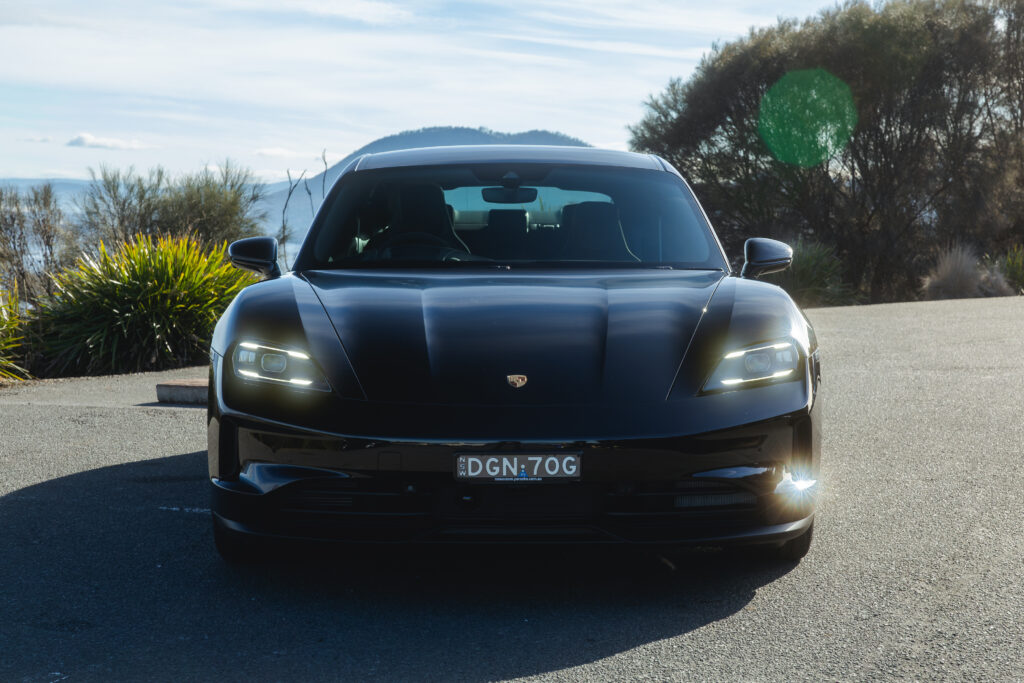
And then there’s the charging issue. Peak charging is now 320kW, the highest of any EV, and with that you can take your Taycan from 10 per cent to 80 per cent tin just 18 minutes. Or, to put it another way, you can add 315km of range in just 10 minutes on a fast charger, which is up from 225km.
So, faster, higher charging rates, stronger range, it’s like an Olympic performance from the Porsche engineers, but their accountants haven’t missed out, either. Prices are up across the range, with the Turbo jumping $14,900 to $307,500, the entry Taycan rear-wheel-drive up $10,700 to $175,100, and the 4S – a nice midpoint in the performance stakes – up $11K to $216,300.
At the very top of the range, the Turbo S costs a whopping $374,200, up just $10,400.
Then there are the Taycan Cross Turismo wagon options, which some people incorrectly claim look better, with prices ranging from $198,000 to $310,400. They’re all up in price as well, by as much as $15k.
DRIVING
What can you say about driving the new Porsche Taycan other than “ouch, that hurt”. It’s not that it’s not comfortable, indeed cruising around Tasmania for two days at largely legal speeds, it was incredibly smooth and easy to drive, with lovely, loping, effortless ride.
The steering is also excellent, perfectly weighted, muscular yet easy. Just perfect in general, really. Damn Porsche is good at steering.
But what stays with you is the almost stupid levels of acceleration. The Taycan now has a Push to Pass button, which can unleash up to 70kW of extra mumbo, but seriously, truly, honestly, this car does not need that button. There’s just so much torque, all the time, that you can overtake things without noticing you’re doing so.
We did some 2.8 second sprints on the front straight at Baskerville Raceway and while they were amusing, it’s funny how lacking in fire and brimstone they seem when you watch from trackside. Power without noise is just… different.
But what a lot of power it is.
Where the Taycan falls down slightly is when you throw its 2.2-tonne plus weight around a circuit at high speed. It can do the going and stopping bits prodigiously well, and it grips very well until the tyres start to shred under all the pressure, but it does feel unavoidably heavy.
To be fair, a Panamera, the most obvious comparison, would feel equally out of place on a track. And I am very excited about what the Boxster/Cayman replacement EVs will be like.
VERDICT
A staggering lift rather than just a mild face lift, the new Porsche Taycan is a hugely impressive grand tourer, now with more usable range and even more unnecessary grunt. It’s still wildly expensive of course, but you do get a Porsche badge with that.
SCORE 4 out of 5
Porsche Taycan
ENGINE Permanent Magnet Synchronous Motor, 300kW/410Nm 89kWh battery
TRANSMISSION: Two-speed automatic, rear-wheel drive
EFFICIENCY 15kWh per 100km; range 678km
PRICE:
Porsche Taycan specifications
Price: $174,500 (plus on-road costs)
Basics: EV, 4 seats, 5 doors, sedan, RWD
Range: 678km (WLTP)
Battery capacity: 89kWh
Energy consumption: 15kWh/100km
Motor: 1 rear Permanent Magnet Synchronous, 300kW/410Nm
DC charging: 320kW
0-100km/h: 4.8 seconds

